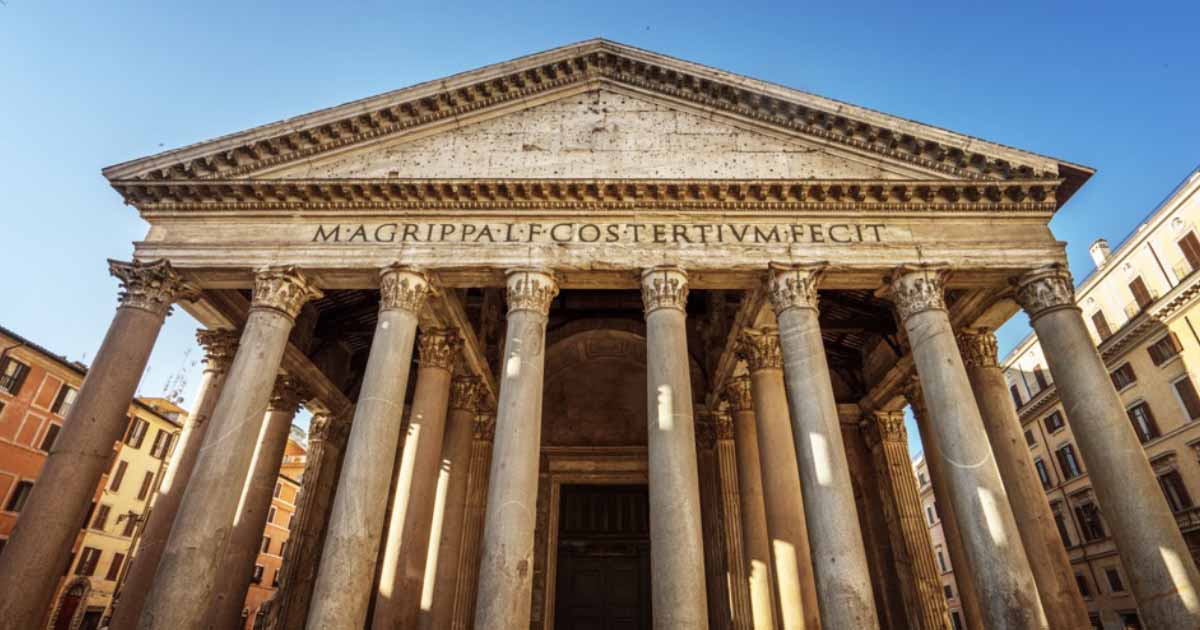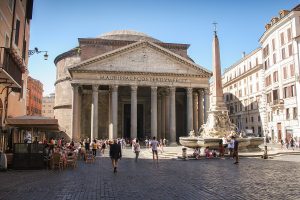The Roman Pantheon’s Amazing Architecture


The Roman Pantheon, built in 27 BC by Marcus Agrippa, stands as a remarkable example of ancient architectural brilliance, captivating modern minds despite the ubiquity of contemporary megastructures. Its exterior, seemingly conventional with typical Roman temple features, conceals an interior that defies expectations. The massive bronze doors open to a space adorned with 16 granite columns, a structural feat in itself. The Pantheon, unlike traditional temples, embraces a hybrid design, blending elements of diverse temples to represent the connection with all gods. Ingenious engineering is evident in the niches carved into the thick walls, creating a subtle yet effective corrugation for stability. The spherical design, accentuated by the oculus, symbolizes a connection with the heavens, echoing Greek cosmology.


The play of light through the oculus, especially on significant dates, adds a dynamic element to the experience. The Pantheon’s interior, once adorned with statues of gods and hosting public meetings, reflects both divine reverence and civic engagement. Built with Roman concrete and adorned with original marble, the Pantheon’s influence extends through history, inspiring Renaissance, Baroque, and neoclassical architecture. Today, as a Christian church, it remains a pivotal site in Italy, embodying the enduring impact of ancient Roman ingenuity on architectural evolution.